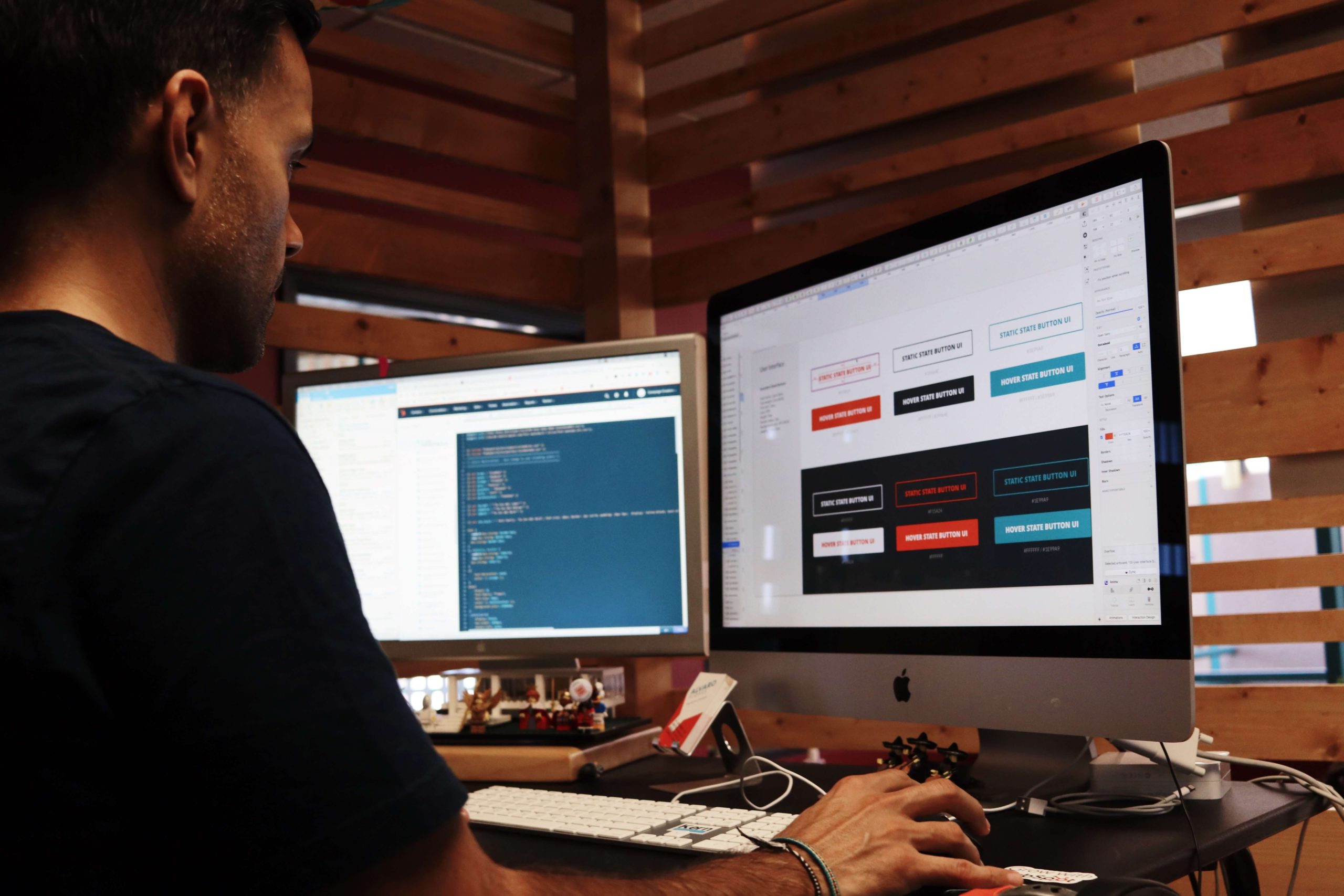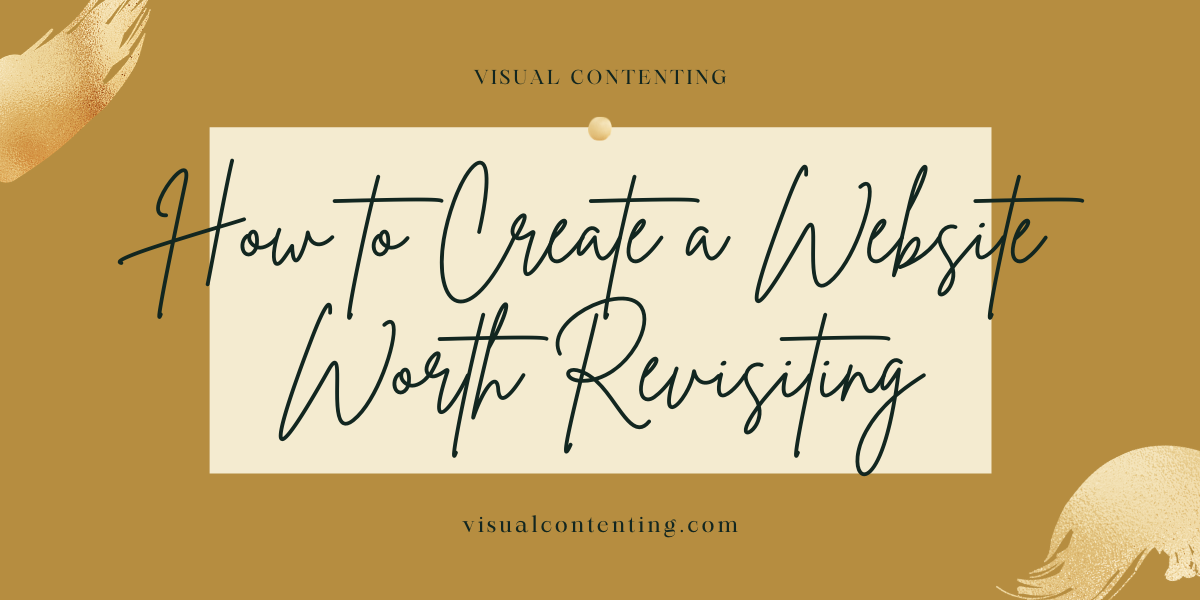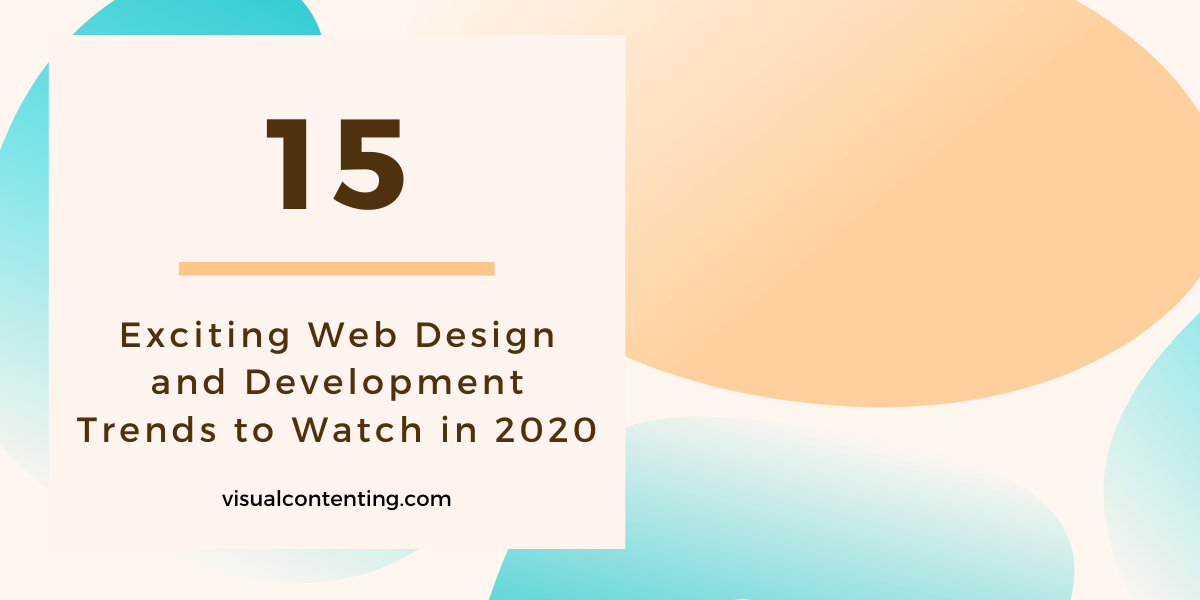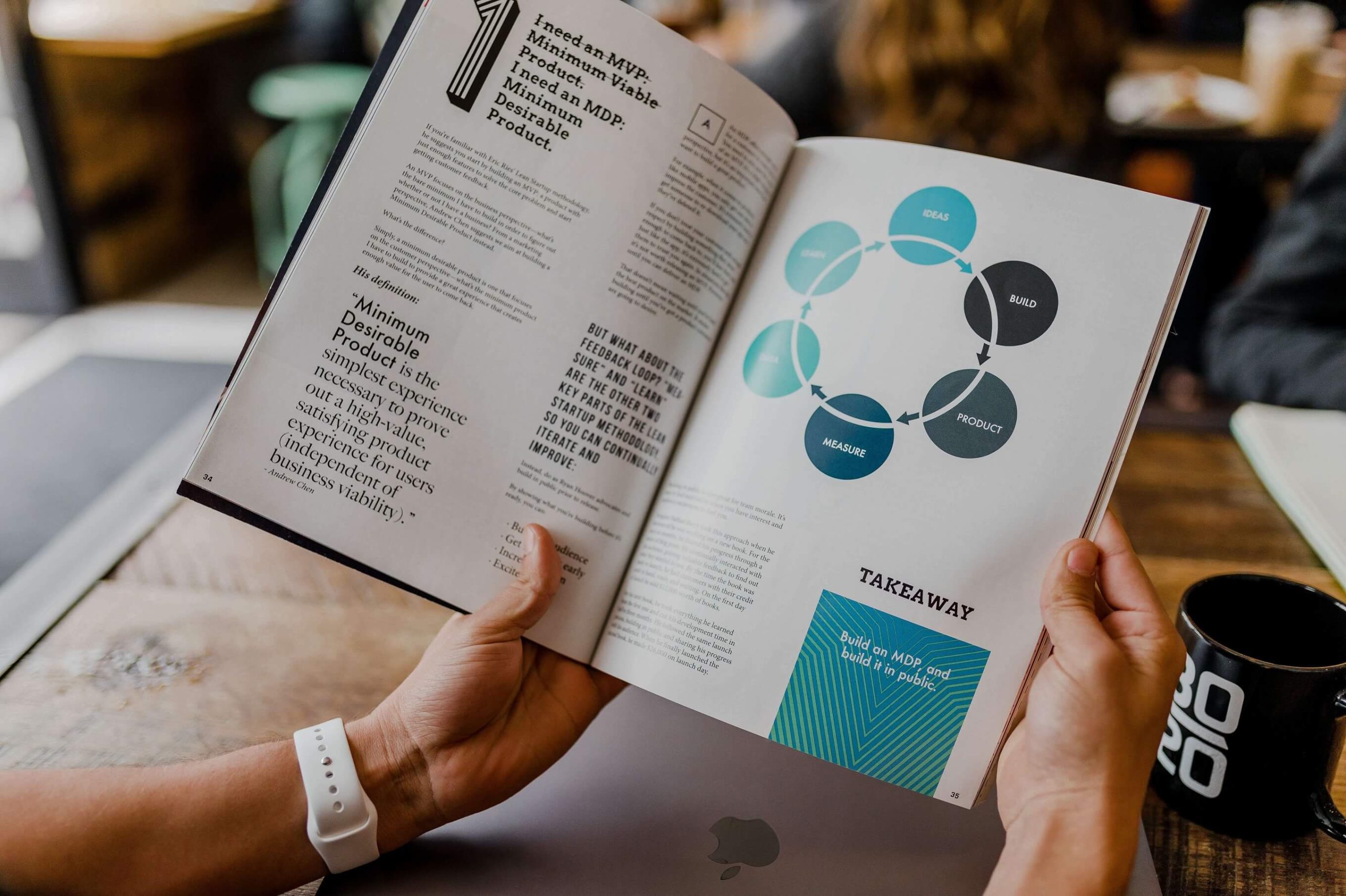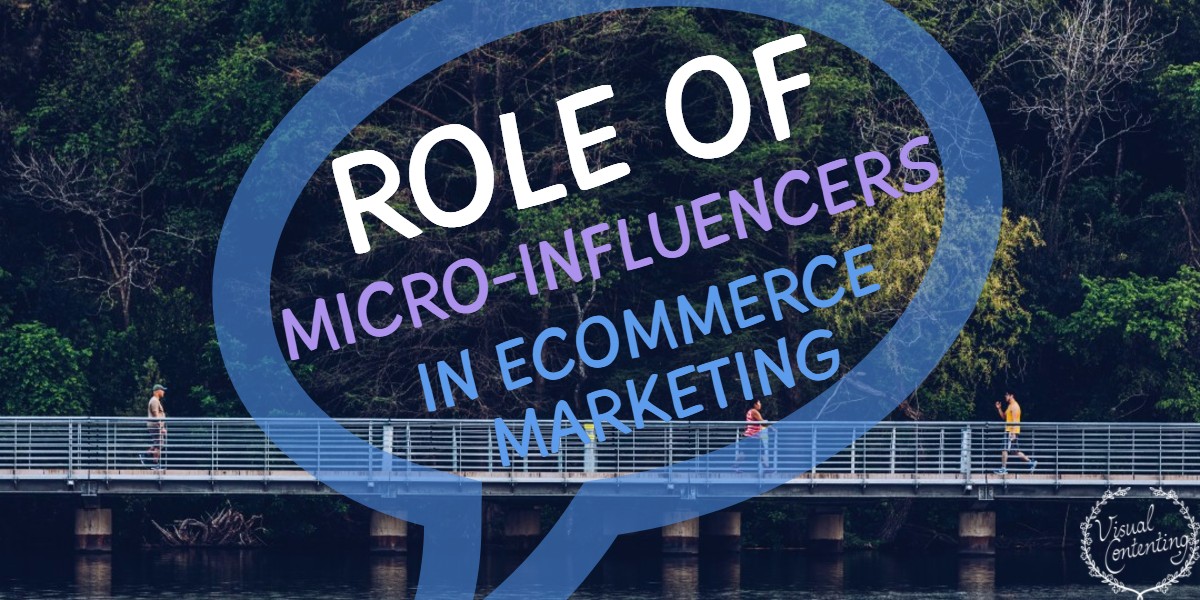Around 57 million people in the U.S. have some form of disability. Many types of disability interfere with one’s ability to negotiate the online world efficiently and comfortably. For instance, around 19.9 million people encounter difficulties when grasping a mouse; some 8 million have visual issues, 7.6 million have hearing impairments and around 15.2 million have cognitive, mental, or emotional impairments. In the world of design, concepts such as ‘design for life’ (i.e. design whose value can last a lifetime) and ‘design for all’ (which prioritizes diversity and accessibility) have become key values to pursue. Creating a truly inclusive site involves more than adopting the Web Content Accessibility Guidelines. It also involves making websites more attractive, easier to use, and more entertaining to as many people as possible.
Starting with the Basics
In addition to ensuring your website complies with current accessibility guidelines, it is also important to check the fruits of your efforts. You can use tools such as the WAVE Chrome Extension, which helps identify potential accessibility issues. Two of the most oft-adopted measures include improving visual and auditory accessibility, which can be achieved in a number of ways.
Improving Accessibility for the Visual and Hearing Impaired
For those who are visually impaired, using ALT tags will enable screen readers to function as intended. Textual information should be large and utilize a readable font with letters that cannot be confused with others. Backgrounds should be simple; for most readers, black text on a white or light background is more readable than colored text on a black or brightly hued background. Web designers should also avoid colors that can be confused by those with color blindness. To improve accessibility for hearing impairments, you should provide text for whatever sound appears. You can also consider providing sign language interpretation for any live content you broadcast.
Researching into New Innovations
Some of the most novel innovations in accessibility tech include the use of the brain-computer interface, which enables people with mobility or grasping issues - including some individuals with cerebral palsy - to directly control their computer and keyboard using their own brains (or the electrical activity in their brain). As stated by specialist resource organization, CPFN, stimulating brain activity is key in new therapies such as aquatic therapy, found to also enhance positive emotions. Your site should ideally do both, boosting self-confidence and a sense of genuine enjoyment in addition to simply providing information on your products or services. Staying up to date on new ways to boost accessibility is as key as is continual renovation of key strategies for longstanding business success.
Diversity Matters
A ‘website for all’ is one that is accessible to everyone - including minority groups. One recent study showed that 80% of people in the design industry are male and just 23% of those working in STEM industries are women. The number of black, Asian, and minority ethnic employees in some tech fields is also very low. Diversity starts with your team; initiatives such as Adobe Design Circle are doing their best to increase diversity in the job pool, by encouraging youths from all backgrounds and races to take up design. You can also promote diversity in your website by ensuring that your content and imagery reflects the fact that you do prioritize diversity and inclusion.
Accessibility in website design is key so that every individual can gain access to whatever information you're presenting. There are official guidelines that stipulate features you should include, but it pays to conduct additional research into new and upcoming technologies that could take your website beyond standard requirements. Finally, ‘design for all’ should also be diverse, connecting people of different ages, races, genders, and background to the greatest extent possible.
Photo by Campaign Creators on Unsplash.
Related Posts
Community manager at Visual Contenting. Jacqueline loves to talk about social media trends, new technology and how they help businesses accelerate their marketing efforts.
